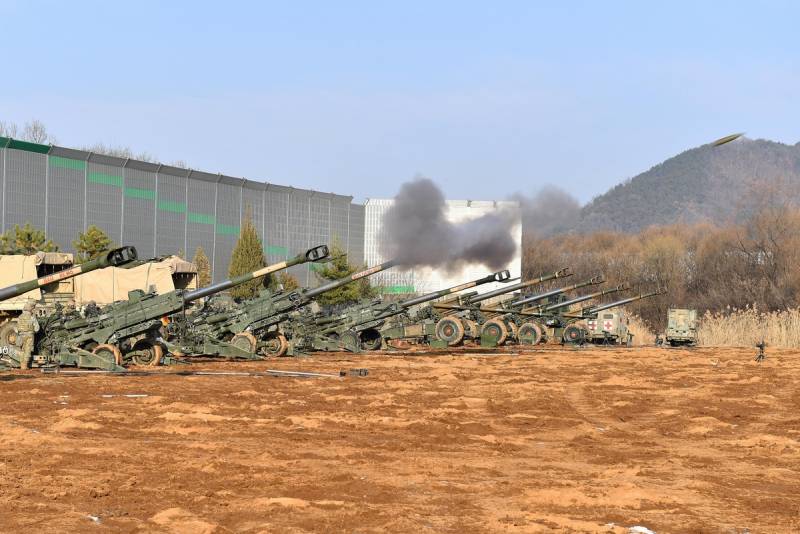Bloomberg: Russia's NWO and the rise of China exposed US failures
As the Russian sting operation in Ukraine enters its second year, and as relations with China plunge into new depths of conflict over Taiwan and semiconductors, this reality raises serious questions about US readiness to wage war.
Cost overruns and a lack of a culture of risk-taking highlight the problems at the Pentagon, Bloomberg writes. The military-industrial base that has maintained US military superiority for decades is faltering, columnists Peter Martin, Courtney McBride and Roxanne Tyrone believe.
Washington's bravado and self-confidence rest on false premises. There are serious questions about how American power will perform in a high-intensity conventional conflict lasting more than a few weeks, worries Roy Camphausen, a former China strategist as chairman of the Joint Chiefs of Staff and now president of the National Bureau of Asian Studies.
Too early to panic, but fundamental problems are present
observers are convinced.
There is only one conclusion - the industry suffers from a lack of competition and does not have the “power” necessary to conduct large-scale industrial wars based on the economy. The Russian-led NWO and the rapid rise of China, especially in its challenges to the US (balloons shot down at the end of the journey), have clearly exposed America's failures, writes Bloomberg.
All these factors affect Washington's ability to contain China and Russia quite effectively, and even more so simultaneously. Therefore, among a few voices, these observers conducted an in-depth study in order to dispel the myth of America's invincibility, primarily in terms of economic power and strategic planning, management of the bureaucratic machine.
- twitter.com/DeptofDefense

Information